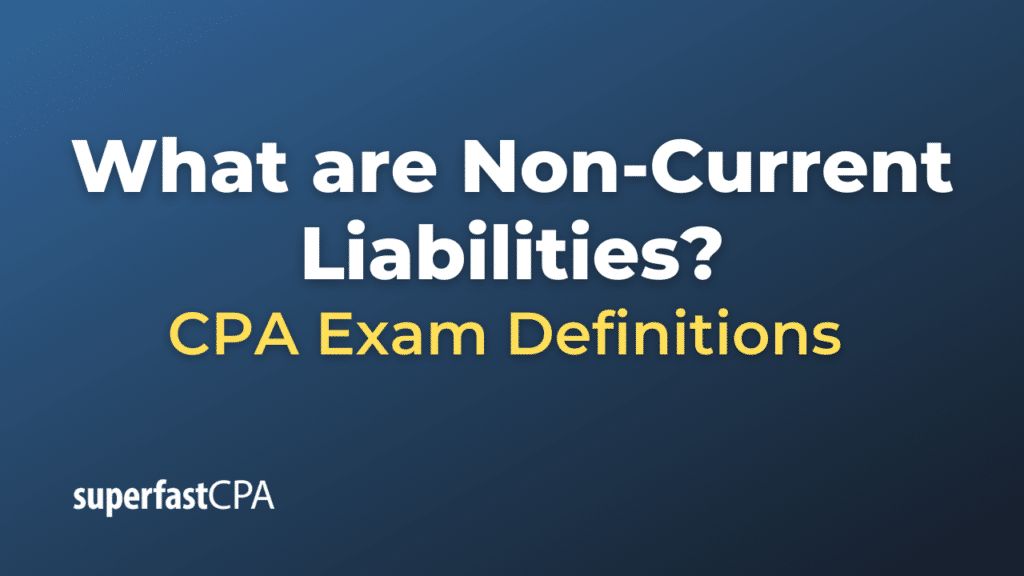Non-Current Liabilities
Non-current liabilities, also known as long-term liabilities, are obligations not due to be paid within the next 12 months or within the company’s operating cycle if it’s longer than a year. These are liabilities that the company expects to pay in the future and are a key part of the long-term financing of a company’s operations.
Examples of non-current liabilities include:
- Long-Term Debt: This includes loans, bonds, lease obligations, or other forms of borrowed capital that are to be paid back over a period of more than one year.
- Deferred Tax Liabilities: These are taxes that a company owes but will not pay for until a future period. They typically arise due to differences in tax treatment between accounting rules and tax laws.
- Pension Liabilities: These are obligations a company has to pay pension benefits to retired employees in future years.
- Long-term Lease Obligations: These are lease payments that are due more than one year into the future.
Non-current liabilities are important for understanding a company’s financial health as they are obligations that the company needs to meet in the long term. They are typically paid with the company’s revenue or with new borrowings. If a company’s non-current liabilities are excessively high, it could indicate financial risk, particularly if the company’s revenue decreases.
For example, if a company borrowed $1 million via a loan that’s due in 10 years, this would be classified as a non-current liability. The company will need to generate enough income over the next 10 years to repay this loan.
Example of Non-Current Liabilities
Let’s take a hypothetical company, ConstructionsCo. Below are examples of its non-current liabilities:
- Long-Term Debt: ConstructionsCo has a loan of $2 million from the bank. The terms of the loan require the company to pay it back over a period of 10 years. Therefore, this debt is considered a non-current liability as it will not be paid off within the next year.
- Deferred Tax Liabilities : As a result of differences between accounting rules and tax laws, ConstructionsCo has a deferred tax liability of $300,000, which it is expected to pay three years from now. This amount is also classified as a non-current liability because it is not due within the next year.
- Pension Liabilities: ConstructionsCo has a defined benefit pension plan for its employees. The company has estimated that it has an obligation of $1 million to be paid to retired employees over the next 20 years. This obligation is a non-current liability as it extends beyond the next 12 months.
- Long-term lease Obligations: The company has entered into a lease agreement for its corporate office space. The lease is for 5 years and requires annual payments of $100,000. The portion of the lease payable after the next 12 months (4 years x $100,000 = $400,000) is considered a non-current liability.
These non-current liabilities would be listed on ConstructionsCo’s balance sheet under the “Non-Current Liabilities” section, giving investors and creditors an idea about the company’s long-term financial commitments.













